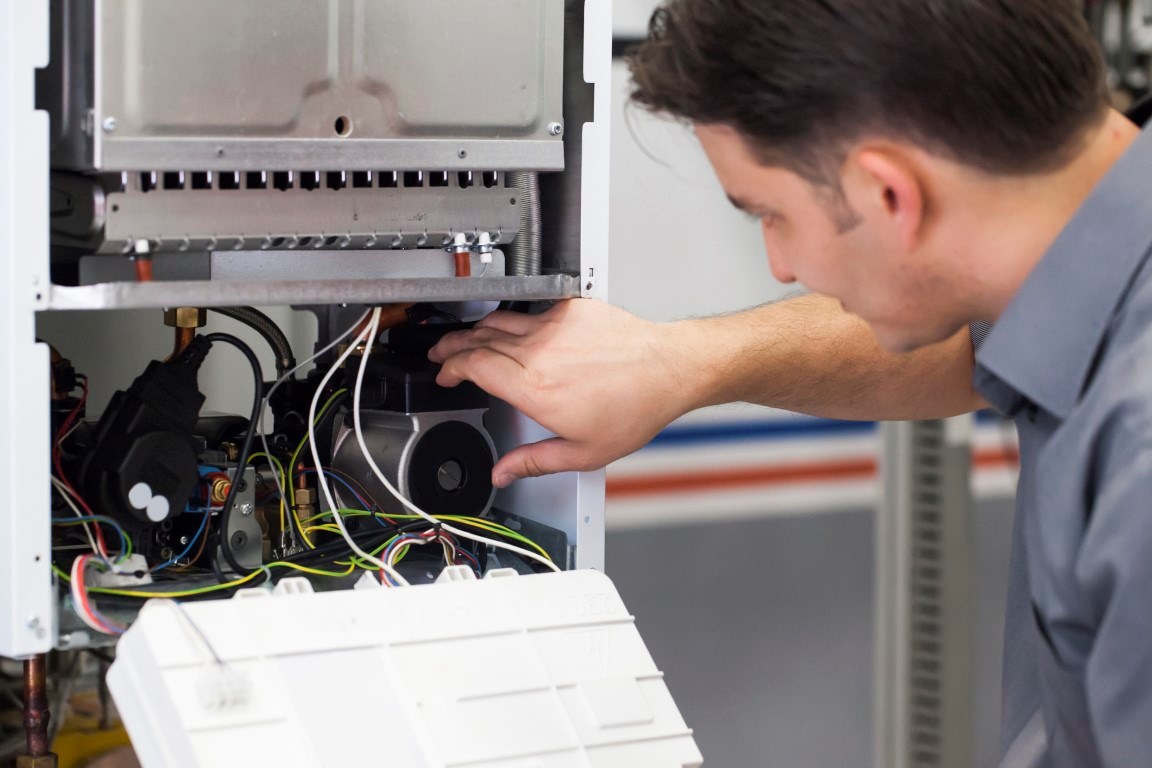In-Depth Case Study: Applications of Heat Shrink Tubing, Fiberglass Sleeving, PTFE Tubing, and PVC Corrugated Tubing in the New Energy and Power Industry
The global transition to cleaner and more sustainable energy sources has driven significant growth in the New Energy and Power Industry. With the increasing deployment of solar farms, wind turbines, electric vehicles, energy storage systems, and smart grid infrastructure, there is a growing demand for reliable electrical insulation and cable protection solutions. Among the most critical components in ensuring system stability and operational safety are protective tubing materials, including heat shrink tubing, Fiberglass Sleeving, PTFE (Teflon) tubing, and PVC corrugated tubing.
Each material offers unique physical, electrical, and environmental performance characteristics, tailored to meet the specific requirements of different energy applications.

1. Heat Shrink Tubing: Versatile Protection for Cables and Connectors
Heat shrink tubing is a flexible, thermoplastic tube that shrinks in diameter when heated, conforming tightly around wires, terminals, and splices. It serves as an essential element in electrical insulation, strain relief, moisture sealing, and mechanical protection.
Key Applications:
Wind Turbine Generator Cable Termination
In large-scale wind farms, generator cables often face mechanical vibration, UV exposure, salt spray (offshore), and wide temperature fluctuations. Dual-wall heat shrink tubing with adhesive lining ensures waterproof sealing, abrasion resistance, and UV protection, critical for the longevity of high-voltage terminations.Photovoltaic Junction Boxes and Connectors
Heat shrink tubing is widely used to encapsulate DC connections between solar panels and junction boxes. It prevents short circuits caused by moisture ingress, offers enhanced tracking resistance, and complies with UL 486D and IEC 61215 standards.Battery Pack Wiring in Energy Storage Systems
High-performance cross-linked polyolefin tubing provides flame retardancy (VW-1 or UL94 V-0 ratings) and electrical insulation for power cables in lithium battery modules, improving safety in home, industrial, and grid-scale battery energy storage systems (BESS).
2. Fiberglass Sleeving: High-Temperature and Electrical Insulation
Fiberglass sleeving, typically coated with silicone resin or acrylic, provides exceptional thermal resistance, mechanical strength, and dielectric properties. It is particularly suited for high-temperature environments and complex assemblies in electrical power equipment.
Key Applications:
Electric Vehicle Battery Wiring Harnesses
In EVs, battery interconnects must withstand extreme temperature swings and vibration. Fiberglass sleeving rated for class H (180°C) or higher is used to wrap harnesses, delivering enhanced fire resistance and preventing chafing from cable movement.High-Voltage Busbar and Transformer Terminal Protection
Fiberglass sleeving with silicone rubber coating is applied to transformer windings and busbars, offering insulation for voltages exceeding 6kV, while maintaining flexibility and shape under thermal expansion.Hydrogen Fuel Cell Stack Assemblies
The hydrogen industry requires materials with non-flammable, chemically inert, and high-dielectric strength properties. Fiberglass sleeving is used to separate and protect sensor wiring and fuel distribution manifolds.
3. PTFE (Teflon) Tubing: Chemically Inert and High-Performance Insulation
PTFE Tubing is one of the most chemically resistant materials available, capable of withstanding temperatures up to 260°C and virtually all industrial chemicals. Its low dielectric constant, non-stick properties, and low friction coefficient make it ideal for mission-critical energy applications.
Key Applications:
Hydrogen and Electrolyzer Systems
PTFE tubing lines are used to transport hydrogen and oxygen within fuel cell and electrolyzer stacks. They resist hydrolysis, acids, and alkalis, and remain dimensionally stable over time, ensuring safety in high-purity gas handling systems.Solar Inverter Internal Wiring
Inverters in solar systems operate under high electrical and thermal stress. PTFE tubing protects signal and power wires from electrical arc tracking, moisture, and electromagnetic interference, especially in compact, high-efficiency designs.Battery Management System (BMS) Modules
Thin-wall PTFE tubing offers excellent insulation and chemical resistance for wiring harnesses inside BMS modules, especially when in contact with electrolytes or cooling fluids.
4. PVC Corrugated Tubing: Flexible Routing and Mechanical Shielding
PVC corrugated tubing is widely used for wire and cable protection due to its excellent flexibility, UV resistance, cost-effectiveness, and ease of installation. It is especially useful in dynamic or outdoor environments where mechanical protection is essential.
Key Applications:
Wind Turbine Tower Wiring
In the vertical structure of a wind turbine, cables must be routed over long distances with constant motion due to blade rotation. Corrugated PVC tubing absorbs vibration, allows easy maintenance access, and resists oils and UV exposure.Solar Power Plant Ground Cables
Underground DC and AC cables in solar farms require protection from moisture, rodents, and mechanical stress. Thick-wall corrugated tubing with flame-retardant properties and IP67 ingress protection rating ensures long-term reliability.EV Charging Station Infrastructure
PVC corrugated conduits are used for routing power and signal cables between control units, dispensers, and vehicle connectors. Their flame resistance and flexibility simplify complex installations in smart grid applications.
Benefits of Using the Right Tubing in Energy Systems
| Tubing Type | Key Advantages | Typical Use |
|---|---|---|
| Heat Shrink Tubing | Waterproof sealing, insulation, flame retardant | Cable joints, battery packs, solar connectors |
| Fiberglass Sleeving | High-temp insulation, mechanical strength | Transformer windings, EV harnesses |
| PTFE Tubing | Chemical inertness, high voltage resistance | Fuel cells, solar inverters |
| PVC Corrugated Tubing | Flexibility, UV resistance, easy installation | Wind turbines, solar farms, EV chargers |
The safe and efficient operation of new energy and power systems relies heavily on robust cable protection and insulation solutions. The use of heat shrink tubing, fiberglass sleeving, PTFE tubing, and PVC corrugated tubing ensures reliable electrical performance, reduces the risk of failure, and meets the increasingly stringent regulatory and environmental standards in the industry.
As innovation in clean energy continues to accelerate, these materials will remain essential for building resilient, efficient, and future-ready power infrastructure.




 English
English

